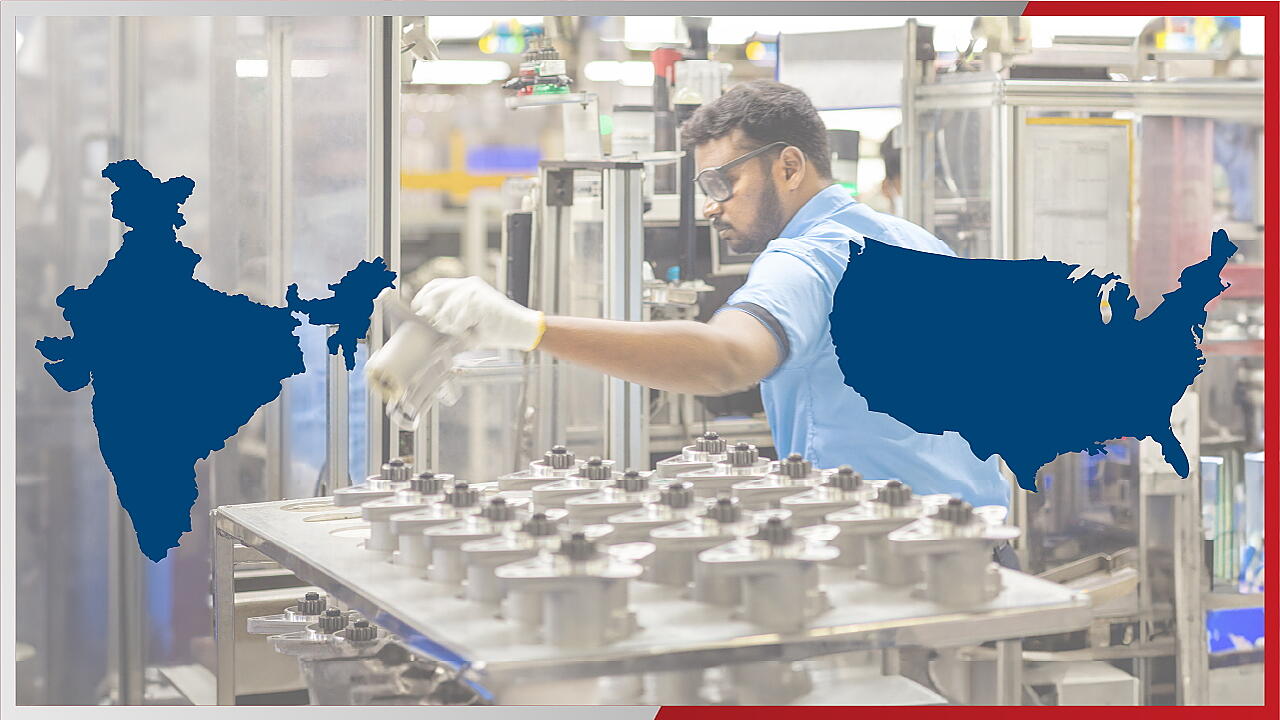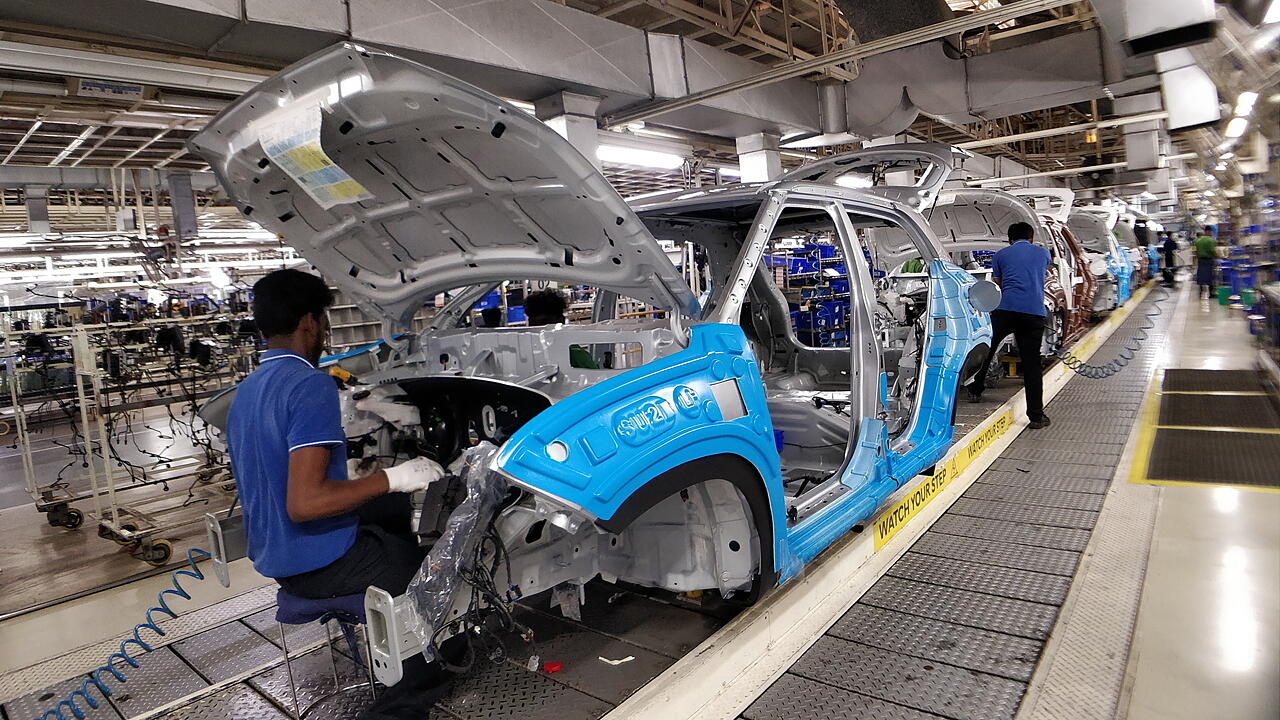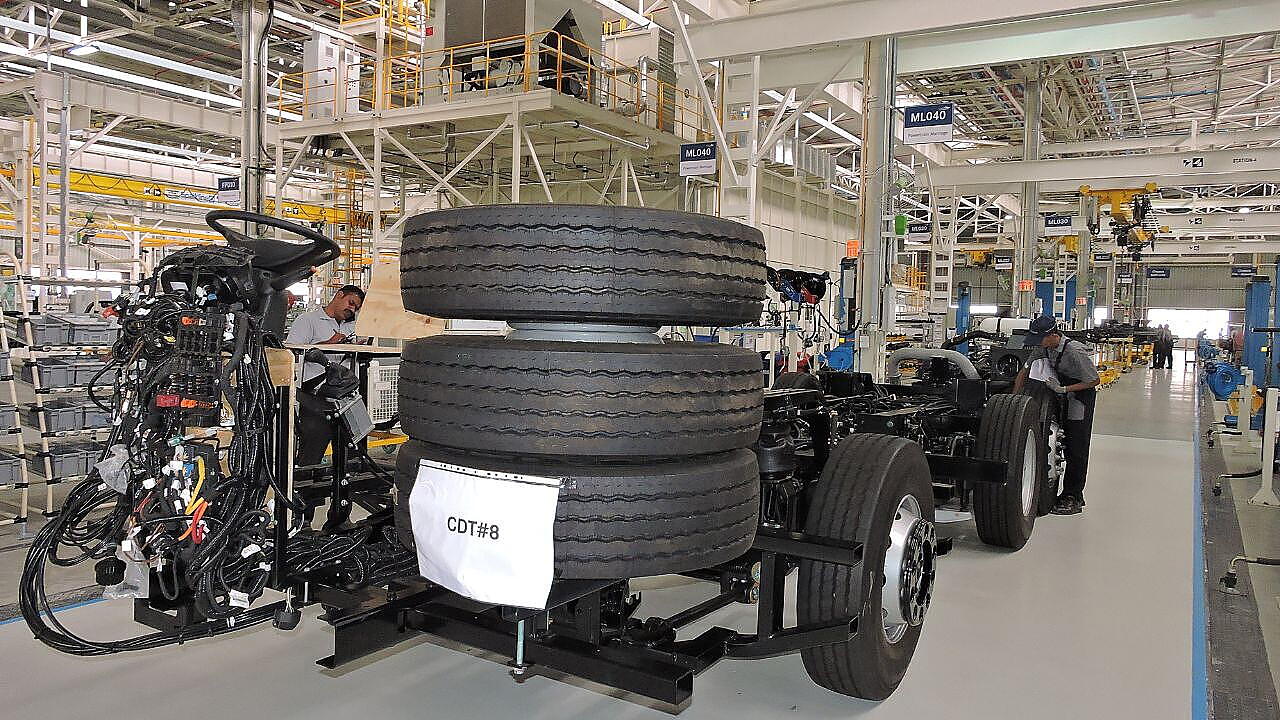
In a bold escalation of global trade tensions, the US President Donald Trump has unveiled a sweeping 25% tariff on all automobiles and auto parts imported into the United States, signalling a major shift in the country’s industrial policy.
Set to take effect on April 3 for cars and light trucks, and by May 3 for auto parts such as engines, transmissions, and electrical components, the move is intended to bolster domestic auto manufacturing and curb long-standing trade imbalances. For decades, a seamless trade framework under NAFTA enabled automakers to treat Canada, Mexico, and the US as a unified production zone, but this protectionist pivot now threatens to upend that integration.
The decision arrives at a time when half of the 16 million vehicles sold in the US in 2024 were imported, and its implications are expected to ripple through global supply chains—raising costs for American consumers while disrupting sourcing strategies for multinational manufacturers. The tariffs extend beyond just finished vehicles, targeting the very components that power modern mobility.
Among the countries bracing for impact is India, whose automotive and engineering exports to the US are poised to take a hit. In response, the Indian government is reportedly weighing a reduction in import duties on over 50% of its $23 billion in US imports, seeking a strategic compromise to protect its $66 billion export base to the American market. However, the success of this move hinges on whether it can secure exemptions or relief from the impending US tariffs.

Ripple Effects In The US
In the United States, the ripple effects of the newly announced auto tariffs are expected to be swift and far-reaching. Automakers are almost certain to pass on the added costs to consumers, as realigning intricate global supply chains to fully domestic operations is neither quick nor cost-effective. Even if companies attempted to localize manufacturing, the capital outlay and operational disruption would be immense.
The timing of the announcement is particularly notable, arriving just weeks after the Big Three automakers—General Motors, Ford, and Stellantis—successfully secured exemptions from a blanket 25% tariff on imports from Canada and Mexico, which had been slated to take effect earlier this month. This carve-out offers temporary relief, but it may not be enough to shield the industry from wider repercussions.
Industry experts warn that since the tariffs apply not only to finished vehicles but also to components, the cost of new cars could surge by several thousand dollars. This is especially significant given the inherently global nature of automotive manufacturing. There is no such thing as a truly all-American car, as even vehicles assembled in the US are heavily reliant on parts sourced from Canada and Mexico. These critical imports, too, may fall under the scope of the newly imposed duties.
As a result, American consumers are likely to face higher sticker prices, reduced vehicle options, and slower product rollouts, while manufacturers scramble to navigate a transformed regulatory and trade environment. What was once a seamlessly integrated North American automotive ecosystem now stands at a crossroads—uncertain, fragmented, and increasingly expensive.

India’s Auto Component Export Engine Faces Tariff Speed Bump
India’s auto component industry has witnessed a remarkable growth trajectory over the past decade, clocking a 2.5x increase in exports between FY2014 and FY2024. In the financial year 2023–2024, exports touched $21.2 billion, reflecting a 5% year-on-year growth. The United States emerged as the single largest export destination, with shipments valued at $7.7 billion, accounting for approximately 27% of total exports—underscoring the strategic weight of the American market in India’s automotive trade equation.
Drilling deeper into the data, engine components led the export basket, contributing 26%, followed by suspension and braking systems (15%), drivetrain and steering components (13%), body and chassis (14%), electrical and electronic parts (12%), and non-electronic interiors (11%). The remainder comprises cooling systems, rubber components, and consumables, showcasing a well-diversified component export portfolio.
In terms of vehicle segments, passenger vehicles dominate with 44% of the total component exports, followed by two-wheelers (19%), light commercial vehicles (16%), medium and heavy commercial vehicles (9%), tractors (7%), three-wheelers (3%), and construction equipment (2%). This spread reflects the robust integration of Indian suppliers across a range of mobility platforms.
Trade dynamics between India and the US have traditionally been favourable. Despite a modest 7% share of imports from the US, India enjoyed a $300 million trade surplus in FY24—an encouraging reversal from the $200 million deficit in FY23. However, the mood in the industry is that the landscape may shift dramatically following President Trump’s announcement.
While vehicle exports from India to the US in the form of completely built units (CBUs) have historically been limited, the proposed tariffs on components could deliver a jolt to Indian suppliers, many of whom are deeply embedded in global OEM supply chains.
The silver lining, however, lies in the complexity and cost of building an entirely self-reliant auto component ecosystem within the US. Given the scale, quality, and cost competitiveness of Indian manufacturing, industry observers suggest that American buyers may have little choice but to absorb higher costs, potentially softening the impact on Indian exporters.
Moreover, diplomatic channels remain open. India’s recent gesture to lower import duties on high-end motorcycles, including models from Harley-Davidson, signals a willingness to engage constructively. Unlike some nations that have found themselves at odds with Washington, India shares relatively stable and strategic ties with the US, creating room for negotiation.
Still, if Washington retaliates with reciprocal tariffs on Indian vehicle exports—particularly LCVs, M&HCVs, and off-road vehicles, where Indian OEMs maintain steady business—the pressure could mount on manufacturers relying on cross-border demand. In a globally interlinked auto industry, tariff escalation risks are rarely one-sided—and the ripple effects are already being calculated on both shores.
Retaliatory Tariffs and a Strategic Reset: Opportunity Amid Tension
Beginning April 2, 2025, the United States will enforce reciprocal tariffs on select imports from India, marking a significant shift in trade policy dynamics. As outlined by the Trump administration, these tariffs will be calculated based on Harmonized System (HS) codes—an internationally standardised method used by customs authorities to classify traded goods and determine duties and taxes. The move signals a deliberate recalibration of import tariffs to mirror those currently imposed by India on US products.
At present, the US imposes a modest 0–4.5% import duty on various engineering and automotive components. Under the new reciprocal tariff regime, this will rise to match India's average duty of approximately 15% on similar imports from the US, effectively raising costs for Indian exporters.

In response, India is actively exploring a Bilateral Trade Agreement (BTA) aimed at diffusing tensions and restoring tariff parity. Government-level discussions between the two countries are ongoing, and industry insiders remain hopeful that a mutually beneficial consensus will emerge. Experts suggest that India could reduce its duties on select engineering goods to 3.5–4% without jeopardising domestic interests—a move that would defuse the situation diplomatically and preserve access to its most valuable export market.
Despite the looming tariffs, Indian exporters may still maintain a competitive edge. India’s strength lies in its cost-effectiveness, high quality standards, and established reliability in global supply chains. For many US-based OEMs, Indian suppliers are single-source partners, making it impractical to replace them abruptly. Given the time, investment, and logistical complexity involved in ramping up local US production, Indian firms remain vital players in the ecosystem.
Additionally, the broader global context could play to India’s advantage. Key rivals like China, Mexico, and Canada are now facing steep 25% US tariffs, making their exports less attractive. If India acts decisively to adjust its trade posture, it could emerge as a preferred sourcing hub—particularly if the European Union continues to resist lowering its import duties on US goods, further isolating American exporters.
Far from a setback, this evolving scenario could represent a strategic inflection point for Indian auto component manufacturers. With calculated diplomacy and industry preparedness, India has the opportunity to not just weather the storm—but to transform it into a powerful tailwind.
NB: Photos are representational; courtesy: Sona Comstar, HMIL, Ashok Leyland & DICV.
Also Read:
ACMA Reflects On The Success Of Bharat Mobility Components Show 2025

